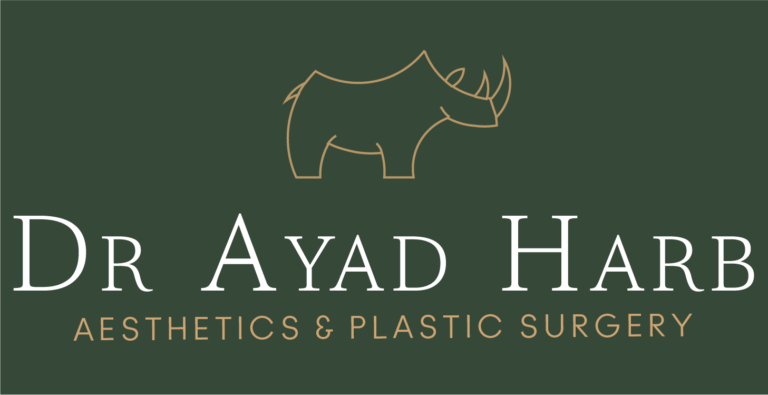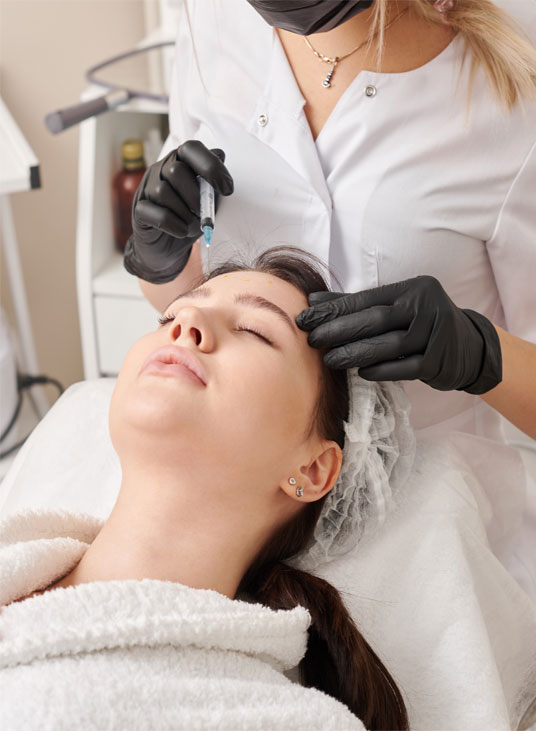Wrinkle treatments have become increasingly popular in recent years, with many people wanting to banish wrinkles and creases as they age. As well as there being several over-the-counter products to choose from, there are a number of cosmetic treatments that give better, longer-lasting results. Botox and dermal fillers are common options, with each procedure highly effective for treating wrinkles on the face and other areas of the body. However, there are some big differences between the two – read on to find out more.
Uses
Whilst Botox and fillers are both used to treat wrinkles and are delivered via injection, they actually have slightly different uses. Botox, which is made from bacteria, works as a muscle relaxer and has been used to treat neurological disorders and other medical conditions for more than 20 years. For wrinkle treatment, Botox is usually used to treat dynamic wrinkles which occur around the eyes, mouth, and eyebrows. Botox relaxes the muscles near to the wrinkles, reducing their appearance.
Dermal fillers are mainly used to combat smile lines, although they’re also often used to plump the lips or cheeks. Sometimes, they’re used to reduce the look of scars, making them appear less visible. Fillers aren’t generally used to plump up other areas of the body such as breasts.
Effectiveness
When choosing between Botox or fillers, what most people want to know is how effective they are. Will these treatments help them achieve the results they’re seeking? Botox injections are highly useful for many people, with effects usually noticeable within a week of the procedure. This is when the muscles beneath the skin begin to relax. After two to three weeks, lines and wrinkles will be greatly reduced. Results are natural and subtle, giving you a more youthful appearance. Botox injections aren’t permanent, with the effects wearing off over time. Many people find that results last for around three to six months.
Dermal fillers are considered to be very effective too, with results often lasting longer than results from Botox injections overall. In general, the effects of the treatment will last for around six to 12 months. Keep in mind that results vary depending on which type of dermal filler you opt for, as well as your individual skin type, lifestyle, and age. You should also consider that, like Botox, maintenance treatments will be required to maintain results.
Side effects
As with most medical treatments, Botox and dermal fillers come with a risk of side effects. You should consider these carefully before you undergo the procedure.
With Botox, side effects are usually minimal, with no real downtime associated with this treatment. This is one reason why it’s so popular. You may experience some minor bruising or swelling at the injection site, however, this is likely to disappear within a few hours. As it’s a non-surgical procedure, you may be able to resume your usual activities immediately.
Dermal fillers don’t usually require any downtime after the procedure. However, similar to Botox, some slight pain or discolouration at the injection site may occur.
Choosing between Botox and fillers
Choosing between Botox and dermal fillers can be tough, which is why it’s so important to have a full consultation with a qualified cosmetic surgeon to help you choose the right treatment option for you. There’s a lot to consider when making your decision, including which type of wrinkles you’d like to get rid of and where they’re located on your face. Whilst Botox is ideal for dynamic wrinkles since it targets the muscles which move the face, dermal fillers are better for static wrinkles which can be seen even when the face is relaxed.

